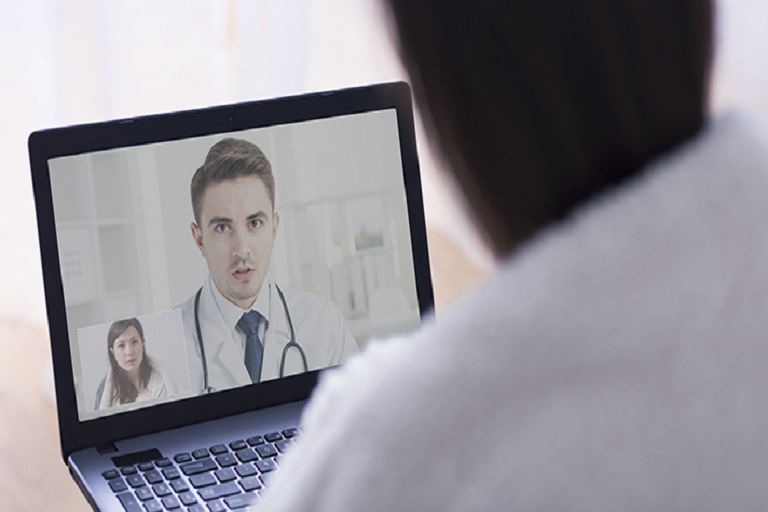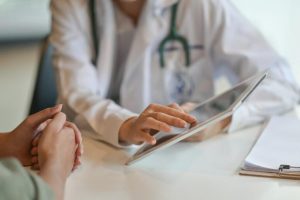In 2019, the National Consortium of Telehealth Resource Centers received 4,039 requests, total, from providers looking for technical assistance or for more information about telehealth. This year, the Mid-Atlantic Telehealth Resource Center, one of the 14 U.S. Health Resources and Services Administration-funded regional TRCs around the country, saw 439 inquiries in March and April alone – an 800% increase from the same time period the previous year.
“Everybody’s been drinking from the fire hose,” said Kathy Wibberly, director of the Mid-Atlantic TRC, in a recent presentation for HIMSS20 Digital. Telehealth has been available to providers and patients in varying capacities for decades. But because of payer difficulties, licensing hurdles or just plain lack of interest from patients, the majority of providers haven’t used it.
After COVID-19, however, “all of the barriers and excuses for not using telehealth … were suddenly eliminated,” said Wibberly. During their talk, HRSA-funded Telehealth Resource Centers and COVID-19, Wibberly and her cohost, Danielle Louder, explained to providers who might be struggling or who just want to know more that TRCs have a host of resources, including webinars, for their use.
In addition to the regional TRCs, the National Telehealth Technology Assessment Resource Center and the Center for Connected Health Policy evaluate different types of telehealth technology and track telehealth-related policy, respectively. This is particularly important, said Louder, program director at the Northeast TRC, given the rapid regulatory changes regarding telehealth.
A priority for TRCs is “making sure that our stakeholders have resources … so they understand what services they are allowed to provide, how they’re going to be reimbursed and what types of protocols they should be using for that – so they can lean on us for those types of resources, so they can really focus on provision of services in this very challenging time,” said Louder. Each regional TRC has information specifically tailored to the needs of the region. Some, for example, focus more on behavioral health, while others concentrate on private providers or substance use treatment.
“We love to work together because we don’t want to recreate any wheels,” said Louder. Both presenters urged attendees at all familiarity levels with telehealth to take advantage of the centers’ no-cost resources. “Part of our job is to help these stakeholders and our future workforce to be ready to leverage and use technology, not only during public health emergencies … but as it becomes more of an expectation as we move forward,” said Louder.


































